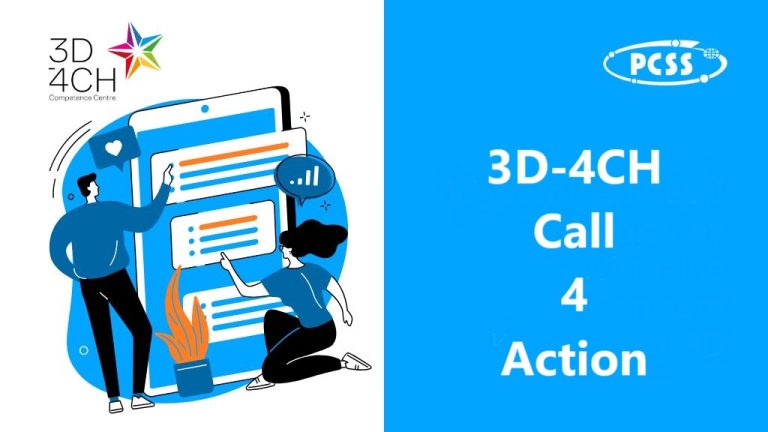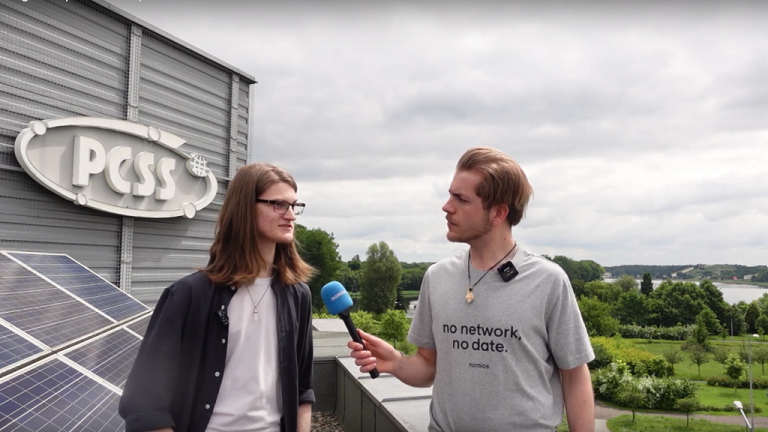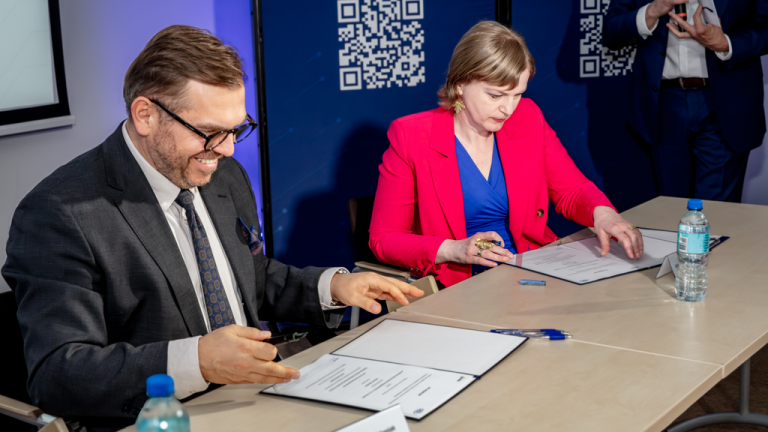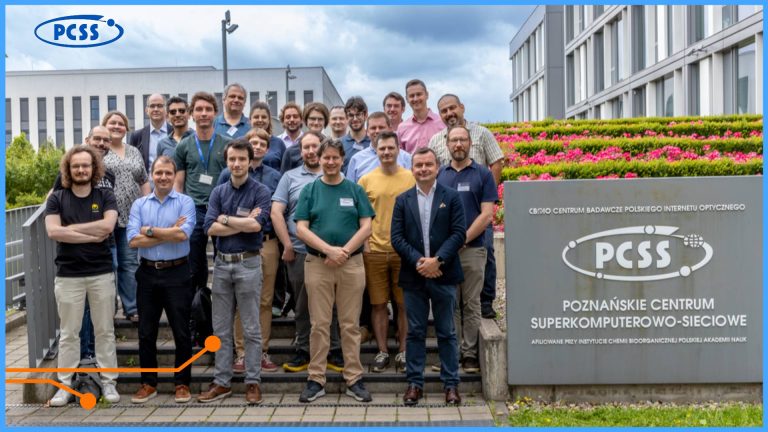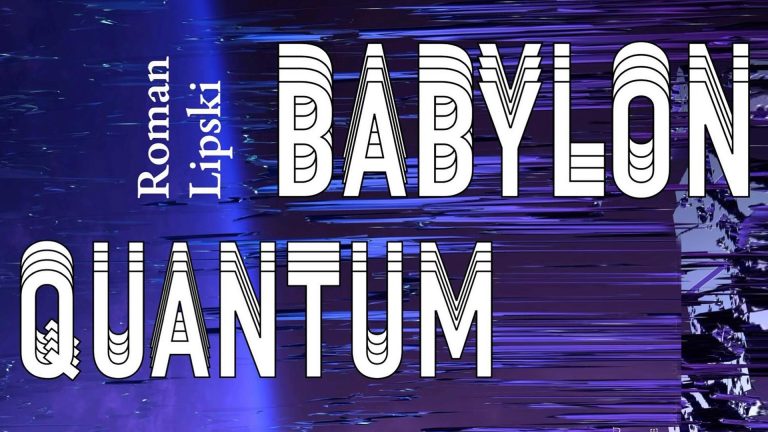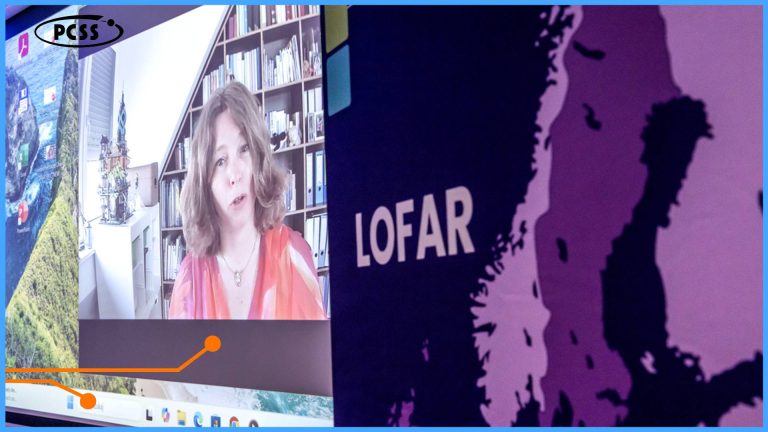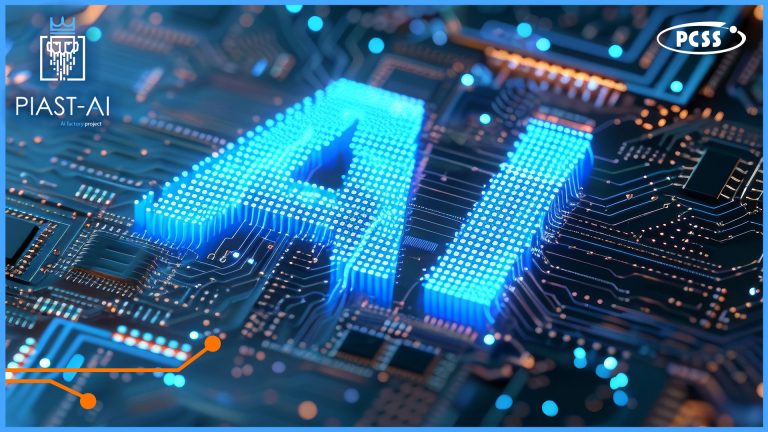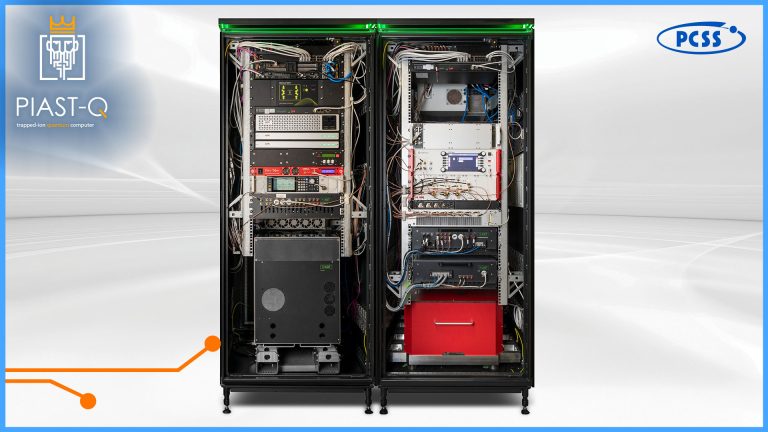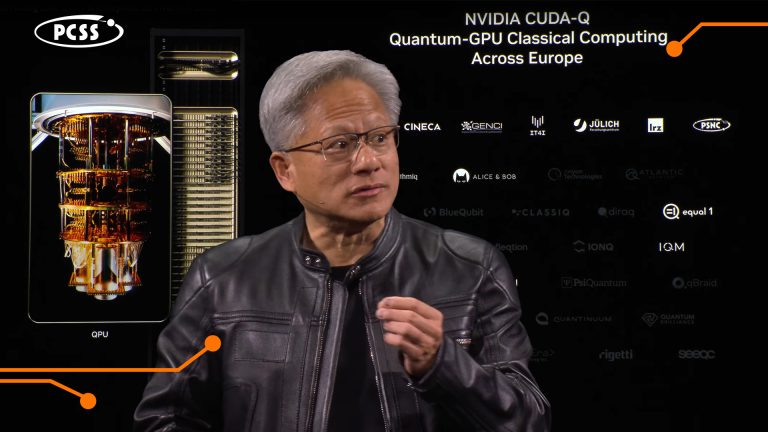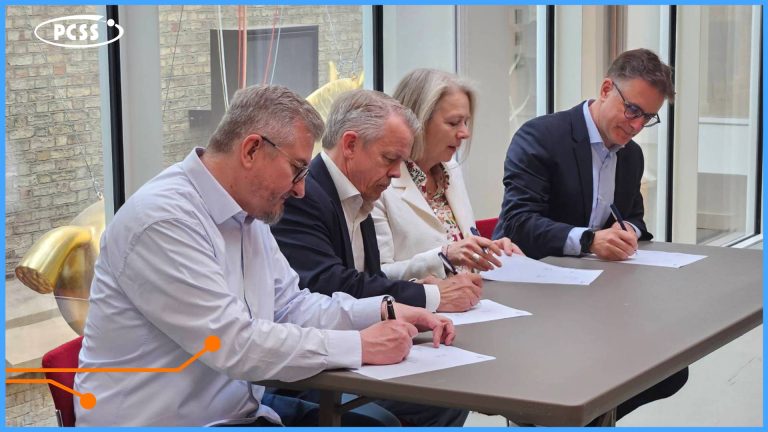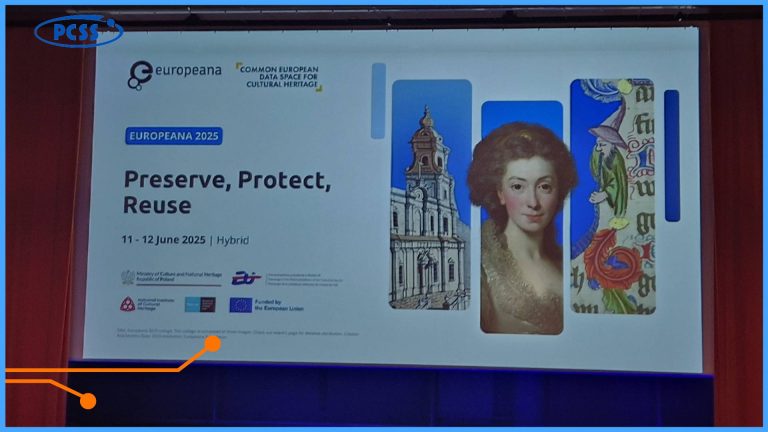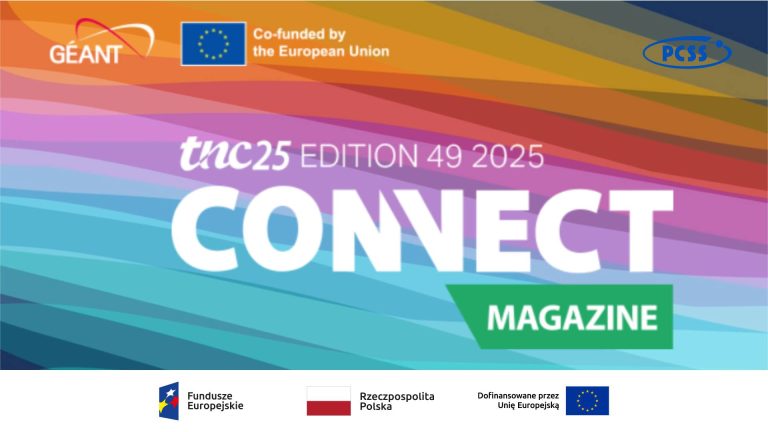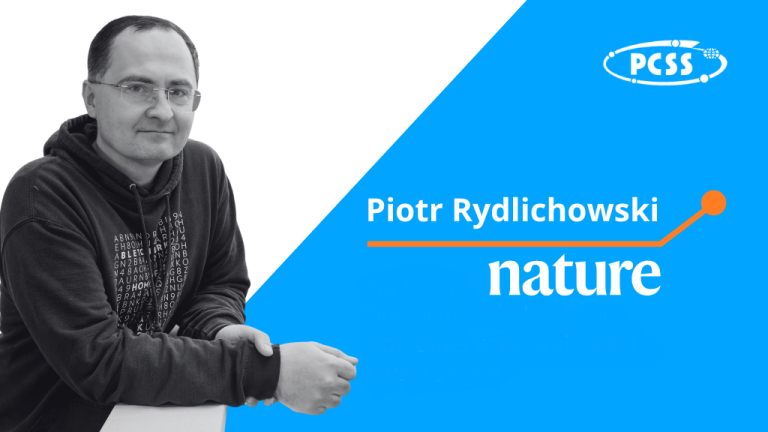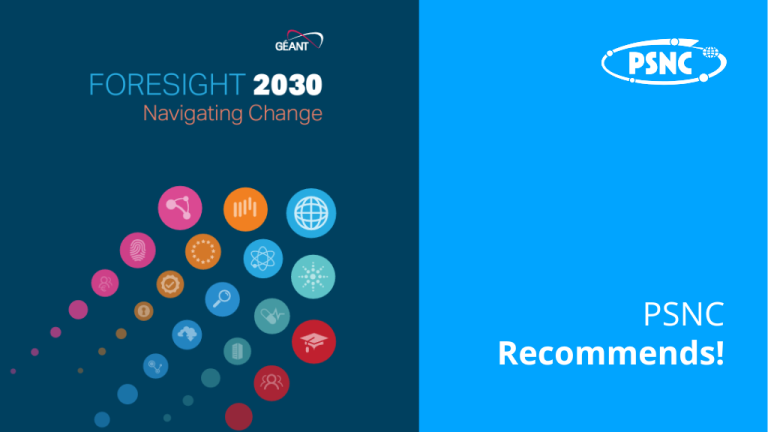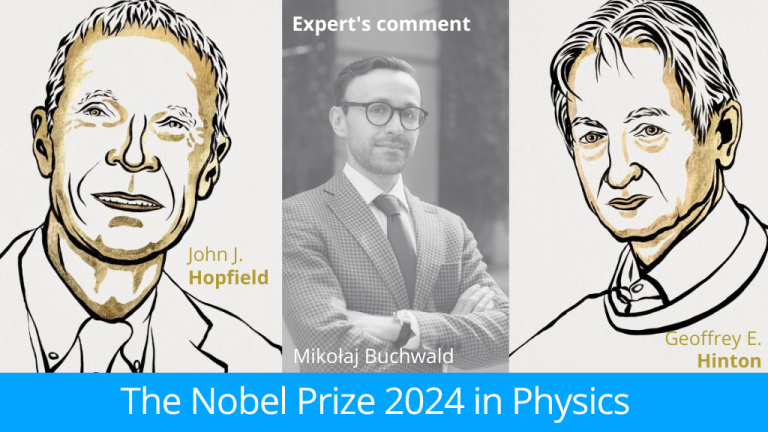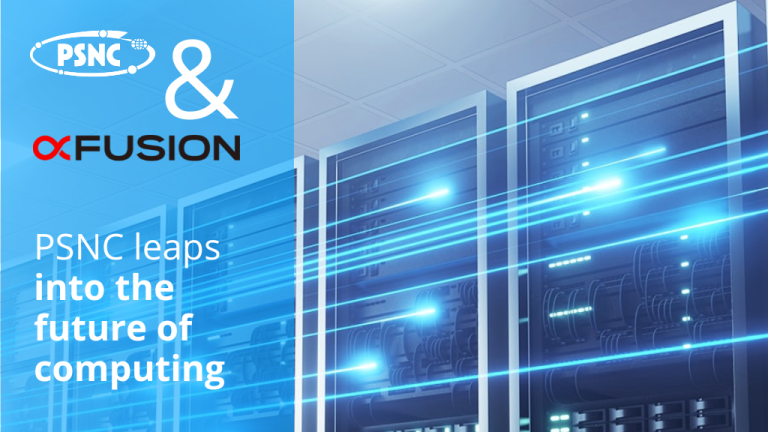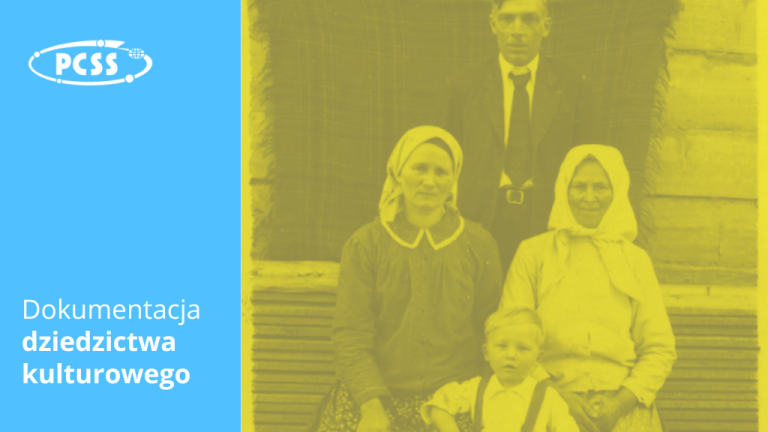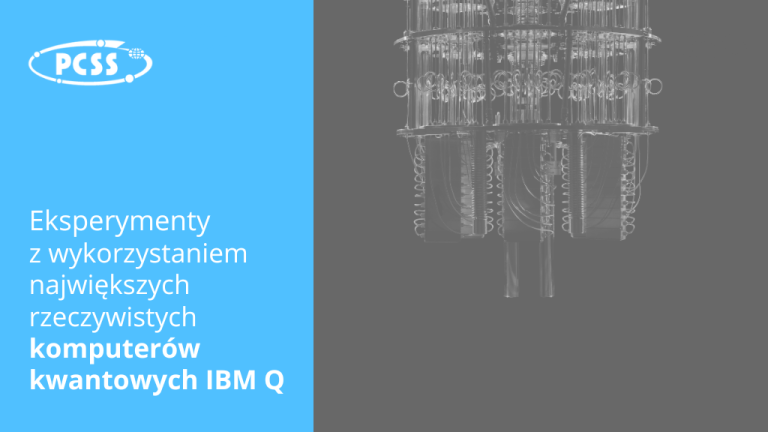The International Conference on Theory and Practice of Digital Libraries (TPDL, http://tpdl2015.info/) constitutes a leading scientific forum on digital libraries that brings together researchers, developers, content providers and users in the field of digital libraries.
TPDL 2015, the 19th edition of the conference, is organized by Poznań Supercomputing and Networking Center and will be held in Poznań, Poland on September 14-18, 2015.
TPDL 2015 under the general theme “Connecting Digital Collections”, invites submissions for scientific and research work in the following categories: Full Papers, Short Papers, Posters and Demonstrations.
The extended deadline for submissions is March 30, 2015.
Full call for papers can be found at the conference website (http://tpdl2015.info/call-papers/).

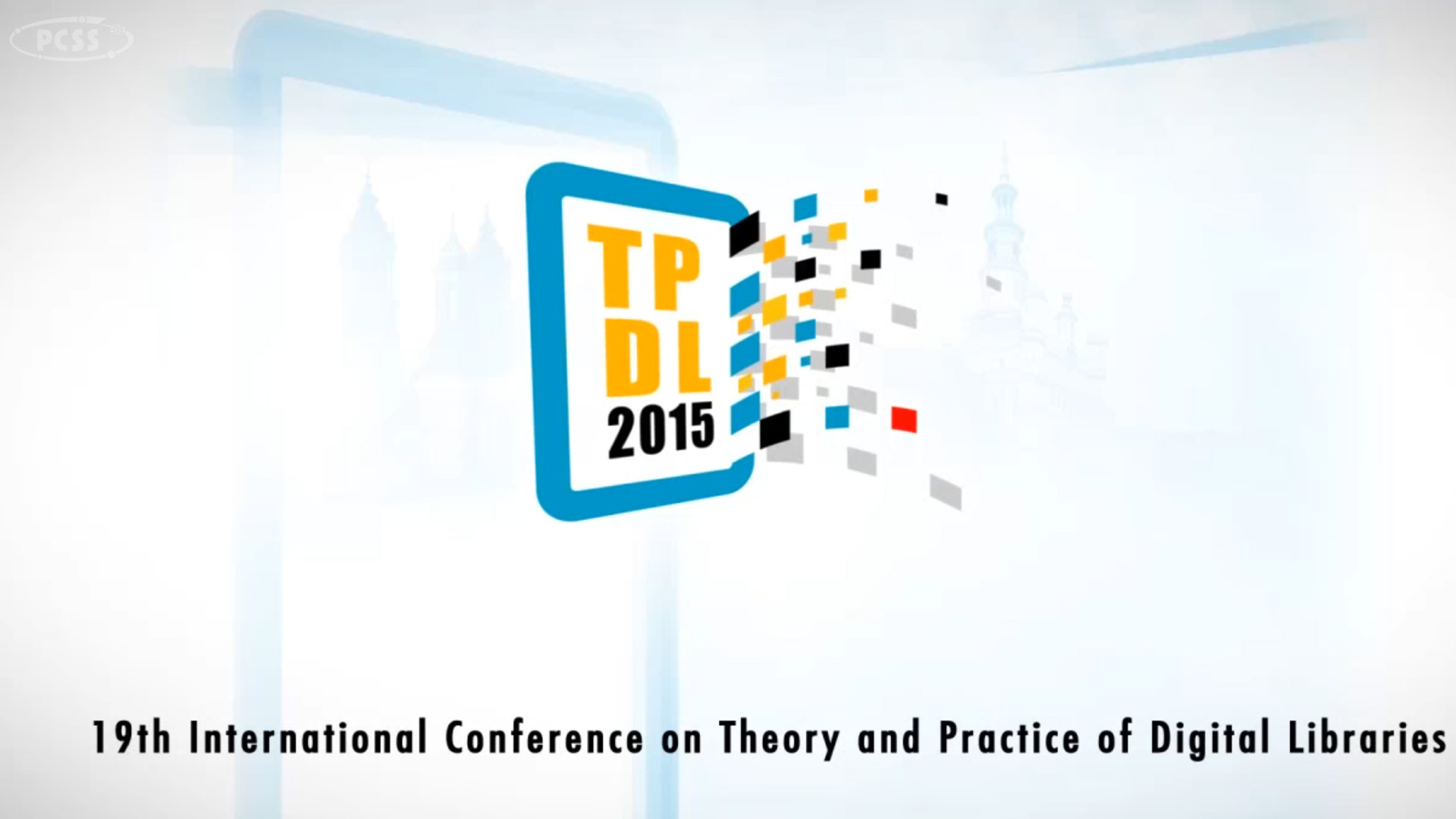
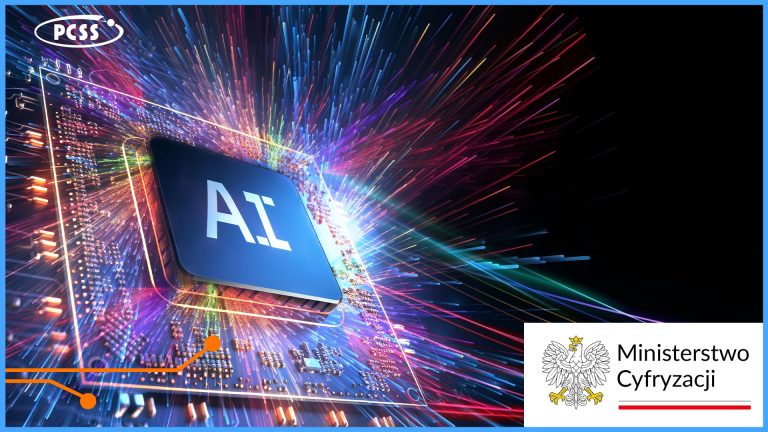
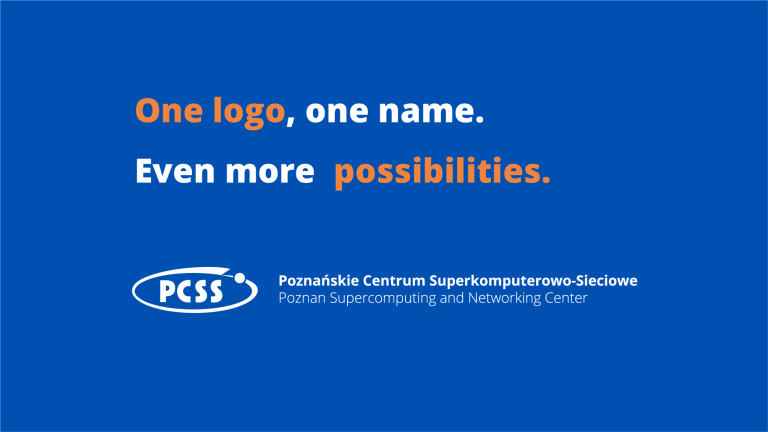
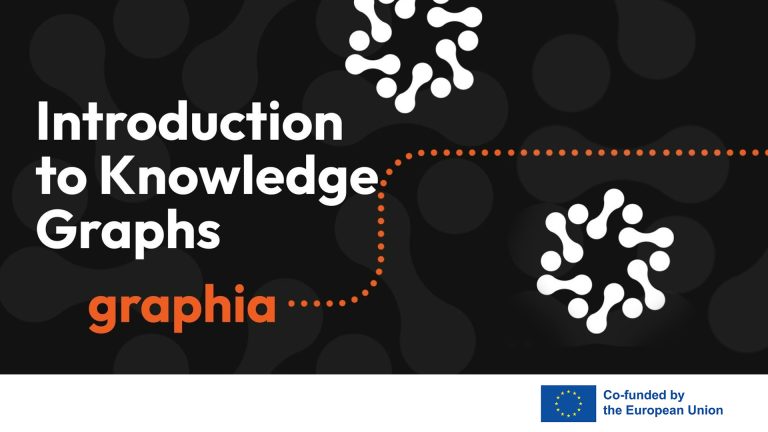
![The image displays the word "LUMEN" in a stylized, outlined font, with different letters connected by lines and arrows to various academic disciplines. The letters "L" and "U" on the left are linked to "Mathematics [Maths]" and "Social Sciences and Humanities [SSH]," while the letters "M," "E," and "N" on the right are associated with "Earth System Science [ESS]" and "Molecular Dynamics [MD]." The overall design suggests an interconnectedness of these fields, potentially illustrating the interdisciplinary nature of something represented by "LUMEN".](https://www.psnc.pl/files/2025/05/lumen2_EN-768x432.jpg)
